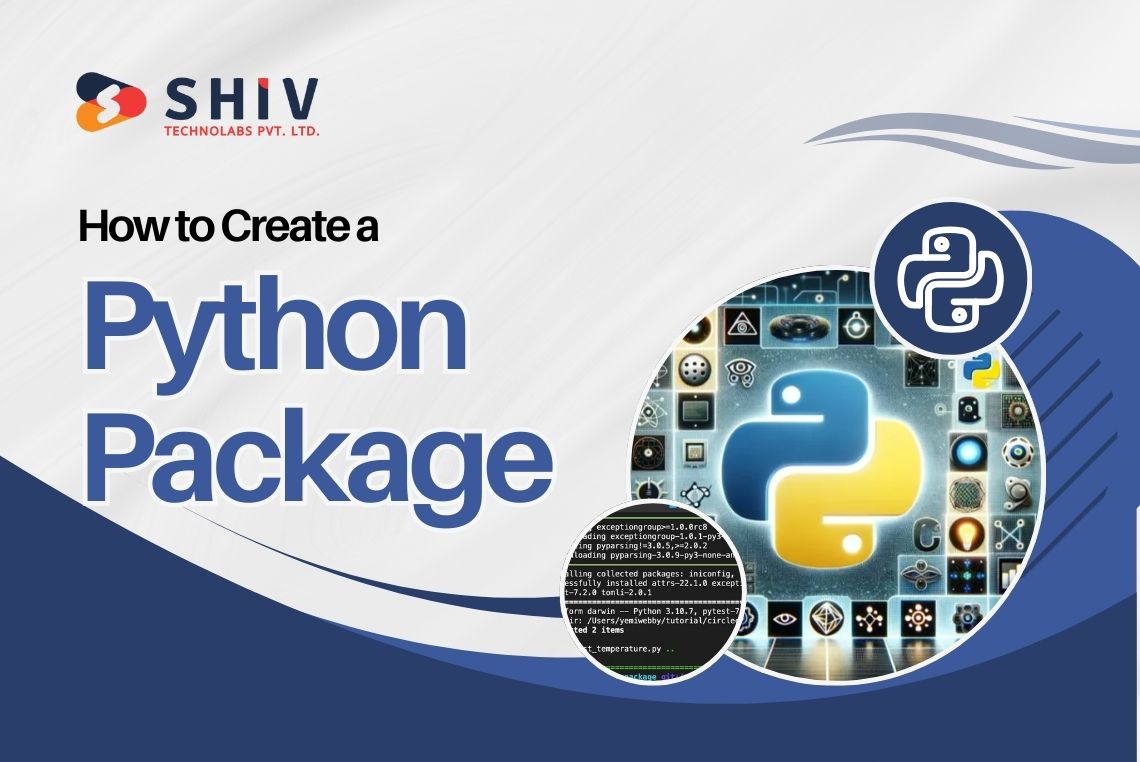If you’re interested in learning how to turn your iOS app into an Android app, you’ve come to the right place. In this guide, we’ll walk you through the process step by step. If this idea excites you, let’s explore it further.
Having an iOS app for your business is a smart move because starting on that platform can help you earn money through the App Store. But don’t ignore the huge market share of Android, which is around 80% of all mobile devices.
So, while beginning with iOS is great, it’s also beneficial to adapt your app for Android.
Why would you want to do this? Well, there are several good reasons. First off, Android’s large user base means more potential customers and more revenue. Once your iOS app gains traction, having an Android version can enhance user experience and boost your earnings.
Converting iOS Apps to Android
In the ever-evolving landscape of mobile applications, the decision to convert iOS apps to Android is a strategic move that holds the potential to reshape a business’s market presence and revenue generation capabilities.
There are several reasons that come along with this transition:
- Enhanced Market Penetration: The Android operating system dominates a substantial 80% of the mobile OS market share. When confined to iOS alone, you miss a substantial portion of potential users.
By expanding your app’s availability to Android, you tap into a vast reservoir of untapped consumer segments. - Amplified User Outreach: With Android devices being the preferred choice for a diverse global demographic, a transition from iOS to Android positions your app for heightened visibility.
The prospect of capturing a broader user base, spanning various geographies and demographics, augments your app’s potential and establishes a formidable market presence. - Monetization Avenues on Android: The substantial global app revenue, quantified at approximately $52 billion in recent statistical reports, exemplifies the substantial financial prospects this ecosystem offers.
Moreover, this figure is projected to surge further. This underscores the potential for not only attracting users but also generating substantial financial returns. - Access to Diverse Features: The decision to transition from iOS to Android opens up a realm of fresh opportunities coming from Google’s innovative advancements. Notable features can empower your app with enhanced functionality and user engagement.
How to Convert iOS App to Android

if you’ve reached a decision or are still contemplating how to convert your iOS app to Android or vice versa, it’s crucial to understand the conversion process.
While there aren’t off-the-shelf tools or converters available for this task, your best approach is to collaborate with a reputable iOS app development company like Shiv Technolabs for best results.
Here’s a comprehensive outline you can follow:
- Analysis and Planning: Begin by thoroughly analyzing your existing iOS app – its functionalities, design, user flow, and unique attributes. Anticipate potential challenges and glitches that might arise during the conversion process. Focus on devising solutions and optimizing the Android version. Delve into backend specifics, porting processes, and the compatibility of tools and frameworks.
- Assessment and Plan execution: evaluate technical aspects that includes code, libraries, and third-party services. Select an appropriate tech stack that ensures accurate and efficient app porting.
Initiate the development phase, accounting for the nuances associated with the type of app you’re converting. Remember that the timeline for such conversions is not immediate, expect it to take time.
This phase includes tasks such as modifying features and material design, tailoring user experience and functionality for Android, configuring backend systems, and integrating monetization tools. - Testing and Release: Utilize real Android devices or emulation tools, aligning with the practices of the chosen mobile application development company. employ diverse testing methodologies like load testing, validation, user acceptance testing, and beta testing to ensure the app’s robustness.
Once you’re satisfied with the app’s performance, submit it to the Play Store, and start promoting your newly converted app.
By adhering to these tailored steps, you’ll ensure a successful conversion process that optimizes your app for the Android platform.
Overcoming Challenges in Porting iOS to Android

Converting iOS apps to work on Android isn’t straightforward and comes with its fair share of difficulties. Let’s break down some of the main challenges you might face:
- Fitting Different Screen Sizes: The way apps look on iPhones and iPads won’t automatically match up on Android devices. Android phones and tablets come in many different sizes and shapes. This means you have to adjust the design to fit various screens, which can be tricky.
- Dealing with Lots of Different Devices: Apple makes iPhones and iPads, so there’s less variety in their designs. Android devices, on the other hand, are made by many different companies, each with their own specifications. This can make it tough to make sure your app works well on all these different devices.
- Making Sure everything Works the Same: It’s not just about how the app looks, but also how it works. Getting all the functions and features to work the same on Android as they do on iOS can be a challenge. The way the two systems operate might need some adjustments in how the app is built.
- Matching the Android Feel: Android apps have a certain look and feel that’s different from iOS apps. Adapting your app to fit in with the Android style while keeping its original character can be hard. This means rethinking parts of how the app works and looks.
even though these challenges might sound tough, there are good reasons to go through the effort of making your app work on Android. You’ll be able to reach more people and take advantage of the variety in the Android world.
With the right know-how and determination, you can overcome these challenges and make your app successful on both iOS and Android.
The Benefits of iOS to Android App Conversion

expanding your company’s reach by making your app available to Android users can bring in a lot of new customers. Many people use Android devices and are waiting for your app to be on the Google Play Store. This could lead to more people becoming interested in your products or services.
Some people think making apps for Android is hard, but it’s not as tough as it seems. The Android market is big, and Google has made tools to help developers. These tools let developers design their apps to work well on different types of screens. They can also handle things like how sharp the images look.
You don’t need to worry about every single type of Android device. There are around ten different screen types that most people use. Some older versions of Android aren’t used as much, so you can focus on making your app work for the newer ones.
Make sure your app works well on popular Android versions like KitKat, Marshmallow, and Lollipop. even though newer versions like Marshmallow are used by a small percentage of people, they could be potential customers who are willing to spend money on your app.
Frequently Asked Questions
# Why turn an iOS app into an Android app?
There are good reasons to do so. You might want to reach more people and grow your user base. Although the process can be a bit tough, the advantages of being on Android make it worthwhile.
# Do Android apps make more money than iOS apps?
iOS apps generally make more money than Android apps. In 2022, about 67% of the money spent on apps came from iOS, while Android and Google Play contributed around 38%.
This happens partly because iPhones are really popular in rich places like Japan and the US, where users spend more on apps. Also, iOS apps mostly make money when people buy stuff, while Android apps often rely on ads.
# Why be careful with online tools that claim to change iOS apps to Android apps?
While those online converters might seem tempting, they usually can’t handle all the special parts of each system. So, if you’re thinking about changing your iPhone app to work on Android, it’s better to take a smarter approach.
# Is there a tool that changes Android apps into iOS apps?
Yes, there are tools that claim to do that, but it’s smarter to think about the whole process. Moving apps between these two systems involves dealing with special parts of each system. So, it’s important to handle it carefully for the best results.
Conclusion
Switching your app from iOS to Android might seem like a big step, but it’s a smart move with great benefits. even though the process can be a bit challenging, the rewards make it worthwhile. This guide has covered a lot, from why you’d want to convert your app to Android, to how to do it, and even the challenges you might face.
By making your app available to Android users, you open the door to more potential customers and more ways to make money. While there might be some tricky parts, like adjusting the way your app looks and works on different devices, the end result can be really rewarding.

Revolutionize Your Digital Presence with Our Mobile & Web Development Service. Trusted Expertise, Innovation, and Success Guaranteed.















